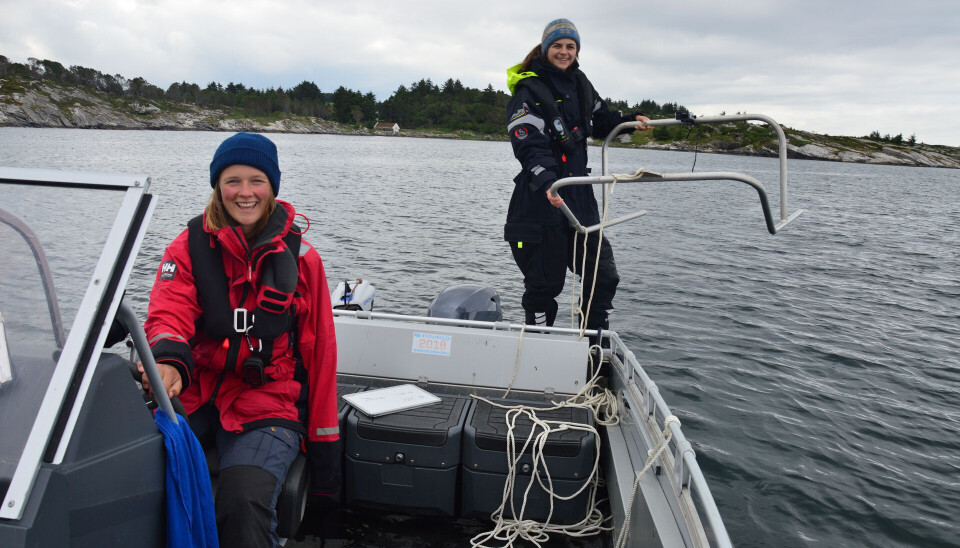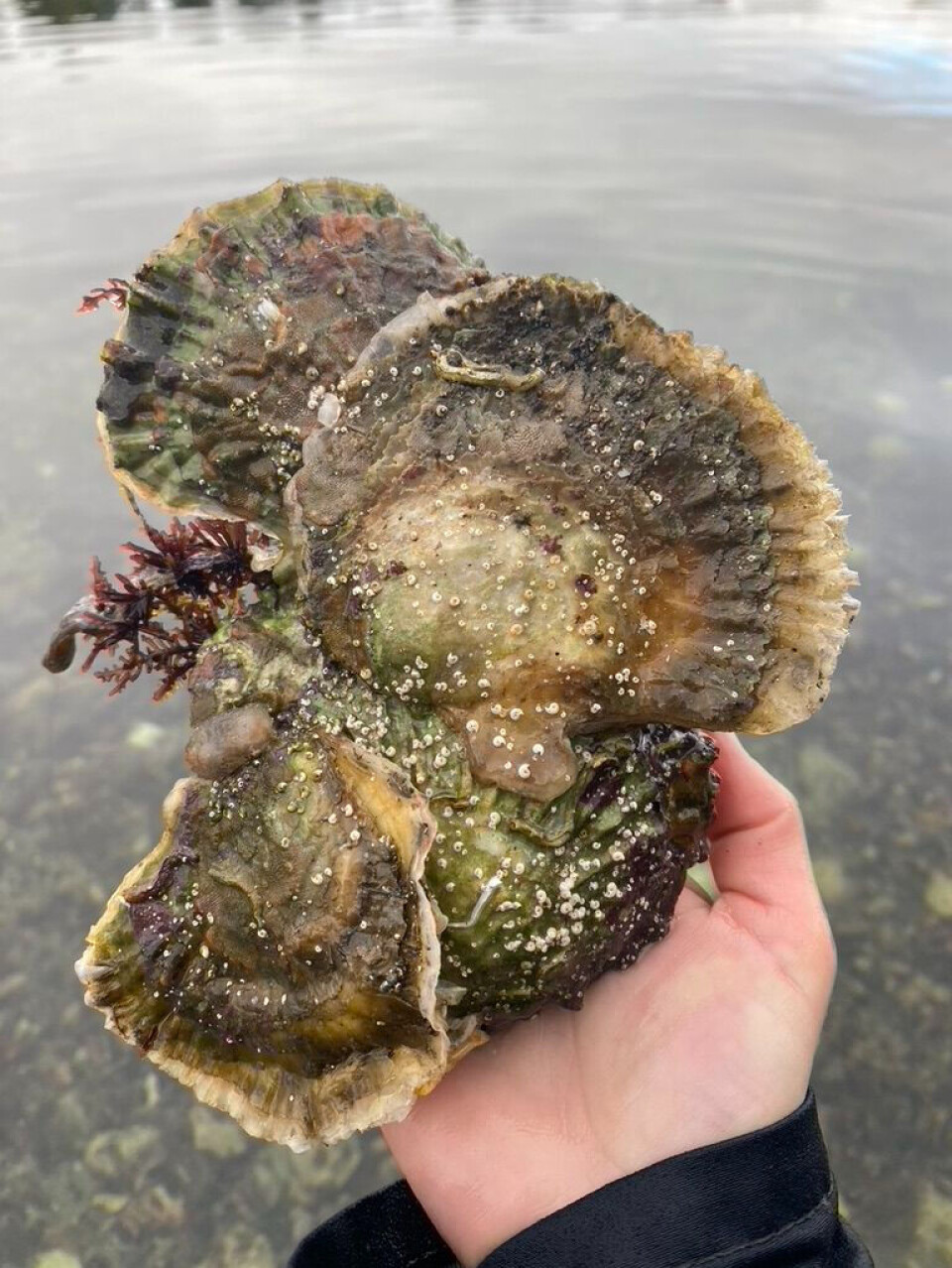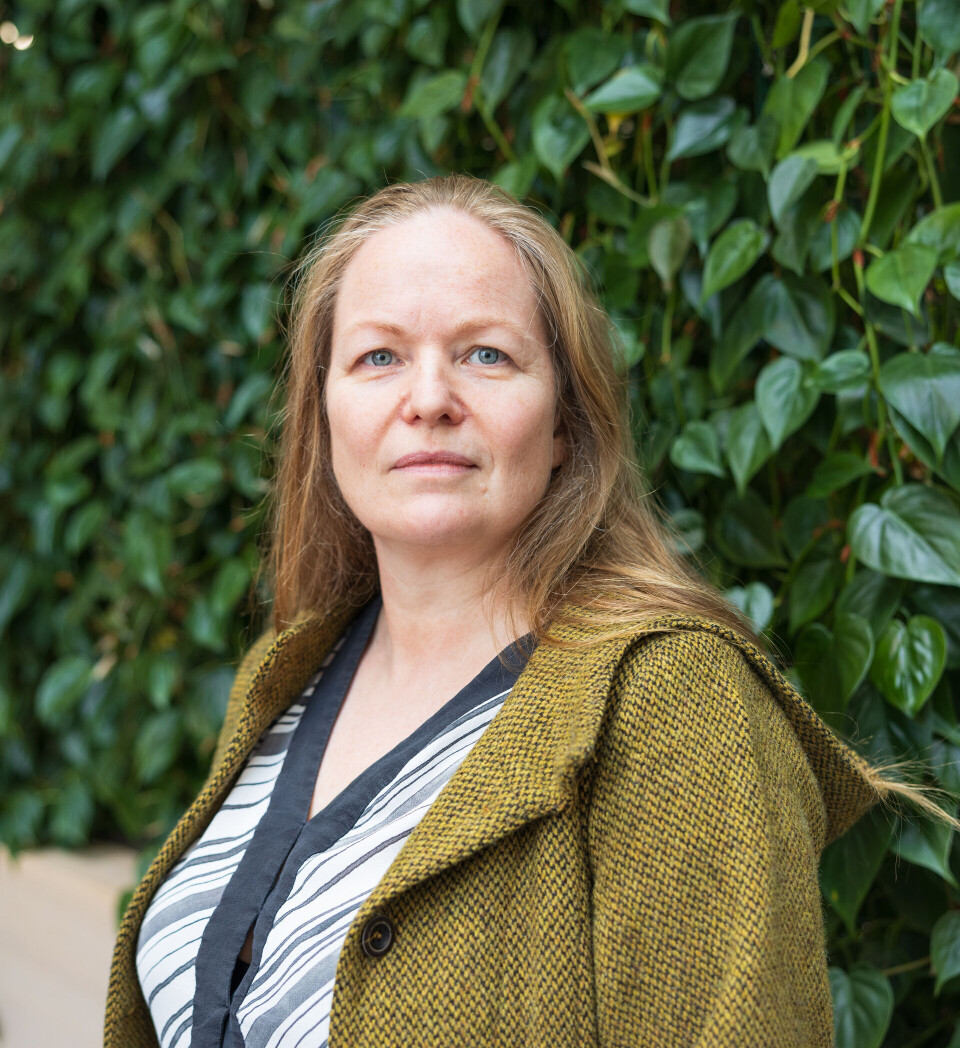THIS CONTENT IS BROUGHT TO YOU BY THE University of Agder - read more
Researchers call for better protection of Europe's last flat oysters
The researchers warn that Europe's last healthy populations of flat oysters are at risk. They are now calling for better protection to safeguard these stocks.

"Flat oysters form reefs that serve as vital habitats for other species. In Europe, these reefs have nearly vanished. We still have intact populations in Agder and Rogaland, so we must protect them better," says Molly Reamon, a researcher at the University of Agder.

Alongside Johanna Marcussen and Professor Ane Timenes Laugen, Reamon has submitted a response to the Directorate of Fisheries' proposal to protect flat oysters in Norway.
The researchers stress that Norway and Sweden are home to Europe's last healthy populations, so Norway has a unique international responsibility to conserve them.
Survey reveals unique oyster findings
Researchers at the University of Agder carried out the first major survey of flat oysters in Norway between 2020 and 2022, looking at 373 locations.
Flat oysters were found at just one in three sites, and only one per cent of locations had dense populations.
Reamon says these findings show that dense populations are both rare and vulnerable.
"Although flat oysters were reclassified from 'Near Threatened' to 'Least Concern' on the Norwegian red list in 2021, strong protection is needed. Particularly because the classification is based on weak data. We believe the precautionary principle should apply," she says.
Researchers recommend a temporary harvesting ban
The researchers suggest a national or regional harvesting ban for three to ten years.
This should be combined with research to monitor flat oyster populations. The researchers emphasise the potential risk of unregulated recreational fishing. Flat oysters are also being harvested for restoration projects in Europe.
Johanna Marcussen, who researches recreational fishing, explains that flat oysters are often mistakenly collected when people remove non-native Pacific oysters.
"This shows that we need stricter rules and more knowledge," she says.
Protection must be strengthened – not weakened
The researchers explain that a fishing ban in the Oslofjord is an essential first step in protecting vulnerable ecosystems like flat oyster beds.
However, they find the Directorate of Fisheries' proposal for Agder and Rogaland too weak.

"A partial ban in two small areas isn't enough. It doesn't ensure connectivity between populations in Agder and Rogaland. The proposal might actually weaken current protections in Sørlandsleia," says Ane Timenes Laugen.
She is a professor of marine ecology at the University of Agder.
"As stewards of Europe's last healthy populations, increasing harvesting now would be a step in the wrong direction," she says.
Need for better cooperation
The researchers urge the Directorate of Fisheries, the Norwegian Environment Agency, and other authorities to work more closely together to manage coastal ecosystems as a whole.
Under the OSPAR agreement, Norway has pledged to protect flat oyster beds.
"Strengthened protection is crucial for keeping flat oysters as a key species in Norwegian coastal areas and for safeguarding Europe's last disease-free populations for the future," says Laugen.
References:
Mortensen et al. Kartlegging av østersbestander i Rogaland i 2021 og 2023 - innsamling av data som grunnlag for bestandsforvaltning (Mapping of oyster populations in Rogaland, Western Norway, in 2021 and 2023), Report from the Institute of Marine Research, 2023.
Reamon et al. Efficient and reliable methods for estimating the abundance of keystone coastal macrofauna over large spatial scales, Ecology and Evolution, vol. 14, 2024. DOI: 10.1002/ece3.70088

This content is paid for and presented by the University of Agder
This content is created by the University of Agder's communication staff, who use this platform to communicate science and share results from research with the public. The University of Agder is one of more than 80 owners of ScienceNorway.no. Read more here.
More content from the University of Agder:
-
What is it like for nurses to promote health behind bars?
-
This can make life easier for new maths teachers
-
Norwegian women were burned at the stake here
-
Ticks can spread more than just Lyme disease and TBE virus
-
Fish help the ocean store carbon
-
New study: Early interventions against childhood obesity show no effect




































